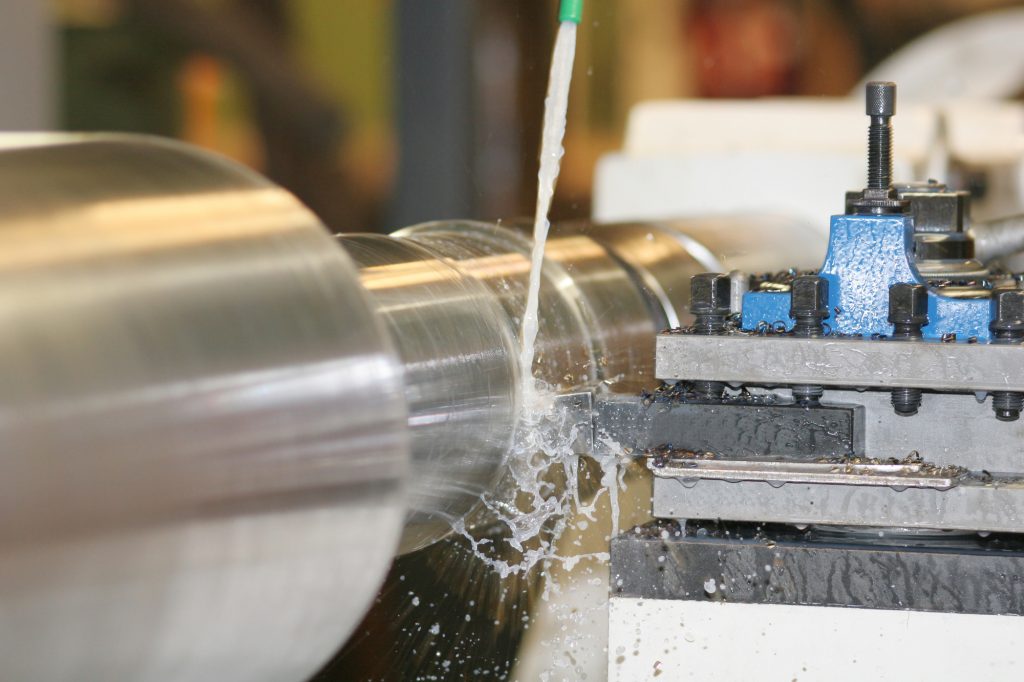Stainless steel is one of the most popular and widely used metals in the construction industry. Stainless steel is known for having excellent corrosion resistance properties, high strength, and an attractive or appealing appearance. From construction purposes to medical technology to automotive and transportation purposes, stainless steel is always the first choice for most manufacturers in the market. Therefore no matter what your construction or other related needs are, stainless steel can easily offer you the highest quality, sustainability, and durability level throughout their lifespan.
If you are looking for ways to learn more about the properties of stainless steel then you have stumbled upon the right place. In this article, we will walk you through some of the interesting facts and information that will help you understand more about stainless steel and stainless steel sheet types.
What is stainless steel?
Stainless steel is commonly known as an alloy of iron and several other elements including nickel, chromium, molybdenum, and carbon. Basically, the steel with a chromium content of more than 10.5% along with various other elements in smaller quantities is considered to be stainless steel. This iron-containing metal can be used in a range of applications both for manufacturing and consumer markets. Moreover, one of the major benefits of using stainless steel is that it doesn’t support the growth of bacteria and can easily be cleaned and sterilized, hence is low maintenance. Most stainless steel in the market is made from recycled metals or steel. As a matter of fact, the quality of metal does not tend to deteriorate once it is recycled, therefore another advantage of stainless steel is that it can benefit the environment on a large scale.
Types of stainless steel
Now let us look at the different types of stainless steel sheets available in the market that you can consider choosing from for different types of purposes and requirements.
1. Austenitic
Austenitic steel is one of the most common types of stainless steel in the market that is rich in mickle content. These types of steel also contain high amounts of chromium, nitrogen, and molybdenum. Austenitic stainless steel is commonly used for kitchen cutlery and storage component purposes.
2. Ferritic
Ferritic stainless steels are commonly used for their resistance to stress corrosion cracking. Therefore they are often utilized for products that come into direct contact with potentially corrosive materials such as car components, kitchen cookware, and industrial entities. The carbon consistencies in ferritic stainless steel generally do not exceed above 0.10%.
3. Duplex
The combination of austenitic and ferritic stainless steel is called duplex stainless steel. These types of stainless steel are often considered to be stronger than both ferritic and austenitic steel. Duplex stainless steel is heavily used in the underwater oil industry due to its corrosion resistance capabilities over a long period of time.
4. Martensitic
Martensitic stainless steel is structurally similar to ferritic steel. However, the only difference between the two is the percentage of carbon. Martensitic stainless steel contains about 1% of carbon components and is mainly used in situations that call for high strength.
If you want to determine the actual thickness of stainless steel – in inches or millimeters, use sheet metal gauge charts.
How to make stainless steel?
1. Selecting the right material
The first step is to determine the type of stainless steel you would like to prepare. Based on which you are required to select the right materials in the appropriate quantity for the process.
2. Melting the Raw materials
Once you have selected the raw material, you will be required to place the same on the electric furnace and heat them to their melting point. This process generally lasts for 8-12 hours. Only after the metal is molten, can you move ahead to the next step.
3. Removing carbon content
To remove the excessive carbon content you have to place the molten material into a vacuum oxygen decarburization (VOD) or argon oxygen decarburization (AOD). With the help of this process, you can achieve a low or standard carbon variant of alloy.
4. Tuning
With the help of the tuning process, you can get access to uniform quality stainless steel. This process helps in removing specific stainless steel components from the mixture. In this process, the steel is slowly stirred within the temperature limit to remove unwanted particles from the composition.
5. Forming or casting
Once the stainless steel composition begins to cool down it is put through a variety of forming processes starting with hot rolling while the steel is still above its crystallization temperature. The hot rolling process can be used in making billets or blooms for metals.
6. Heat treatment
With the help of heat treatment or annealed, you can relieve internal stresses and alter the stainless steel’s mechanical properties. During the annealed process you must make sure the protective oxide layer isn’t compromised.
7. Cutting and finishing
Once the heat treatment process is completed the stainless steel is put through a variety of cutting and shaping processes to create an ideal final product for the application. Later surface finish application is applied to the metal to remove impurities and make the appearance smoother.
We hope with the above-mentioned information you now have a better understanding of stainless steel. At Metals Cut 4U you get access to high-quality metals at reasonable prices. Visit their website or contact them today to know more about their metal products.



